The story of Ahmet Gunestekin began when he was born into a large family in the Garzan workers’ camp in Batman, Turkey. The respect he feels for his hometown, the Anatolian lands, and the legends living in them is also carefully crafted in his art. He was one of those who discovered his passion at a young age, beginning in oil paintings at the age of 9, he opened his first exhibition in the corridor of the school in the third grade of middle school and participated in many exhibitions during his high school years. His first professional exhibition was much later. Even at that age, he was determined and hardworking. He graduated from high school in 1984. Throughout his high school life, he wanted to take the Istanbul Mimar Sinan Fine Arts University exams and continue his education there. Later his thoughts started to develop in another direction and this was a great contributing factor in the formation of his own style. He states: “I started to drift away from the idea of academia. I realized that I was going in a direction where I didn’t belong and that would limit me. By 1986, I had completely moved away from the idea of academic education. I found out what I needed to learn and chose how I would learn.”
Each of his works is rooted in a story. I love this. For example, he describes his work “The Gate of Innocence” as follows. “To understand the door of innocence, one must first understand the Trojan war. According to the legend told by Homer in the Iliad, the Trojan War lasted 10 years. The reason for the war is the love between Paris and Helen. Paris is the son of the king of Troy and Helen is the wife of Menelaus, the queen of Sparta and the sister of the king of Mycenae. Helen is forcibly married to Menelaus. Paris and Helen fall in love and Paris abducts Helen and brings her to Troy and the war begins. The Gate of Innocence talks about this love. I see love as a kind of innocence, and I feel innocence more in white.” he mentions. It is a layered piece of work, it has a visual dimension and it makes everyone feel different. You find yourself in a story in the past and you think about concepts such as love and innocence.

There are many legends and tales about Mesopotamian and Anatolian civilizations in Gunestekin’s works. He compiles legends and tales firsthand by going and seeing where they are rumored to have taken place. During his visits, he learns about the city’s memories from the locals, talks to people who know its geography well, tours those places himself and fills his saddlebags and mind. While doing all this, I appreciate the interest he shows in instilling a sense of art and aesthetics in children of those regions by having them paint.
In his first period, he shot a documentary series called “Gunesin Izinde (In the Footsteps of the Sun)”, which was broadcast on TRT for a long time. Its versatility is admirable. In this documentary series, he reflected on the impressions he attained while making the “Haberci” program with Coskun Aral and again during his travels. In this project, whose aim is to convey us the mythological and historical information that he has been interested in since his childhood, he took a painter or a sculptor or a photographer to every city he went to. By opening joint exhibitions with them, they found and highlighted the features of the cities that remained in the background, apart from the known features (1).
I liked Ahmet Gunestekin’s early works more. Unfortunately, I was only able to collect very few of them. The subjects are explained more simply, the colors are more dominant. Now, there is so much that he tells in each of his works… His meticulousness, his style that requires much effort, and the fact that he does not use assistants are also admirable.
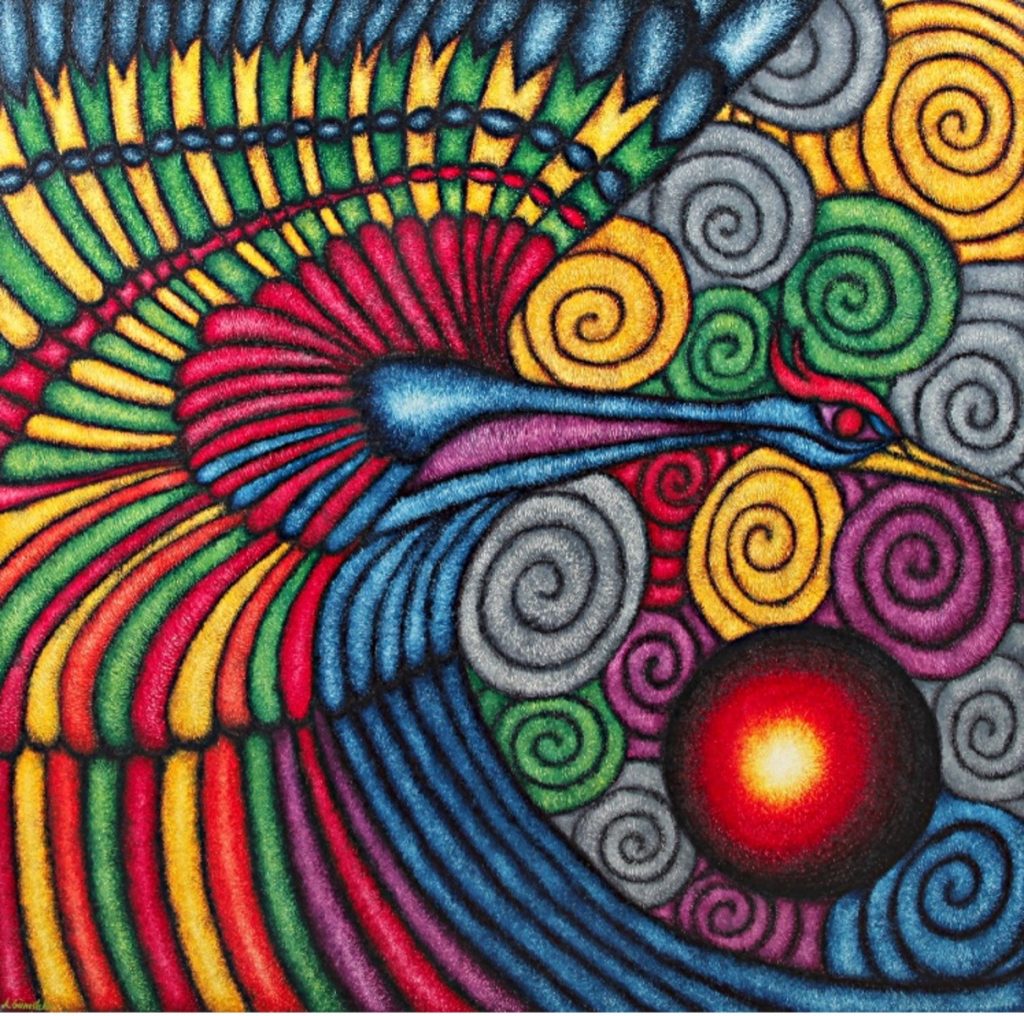
Now, his installations and sculptures that depict our historical and contemporary view of acute social issues attract attention. Finally, now we see the gelene-ek sculpture series with its interpretations connecting the past to the present. It was very interesting to me. I was especially impressed by the legendary fish that comes from the mystery of the deep seas. I didn’t know which one to choose. Anyway, he chose it and sent it to me.
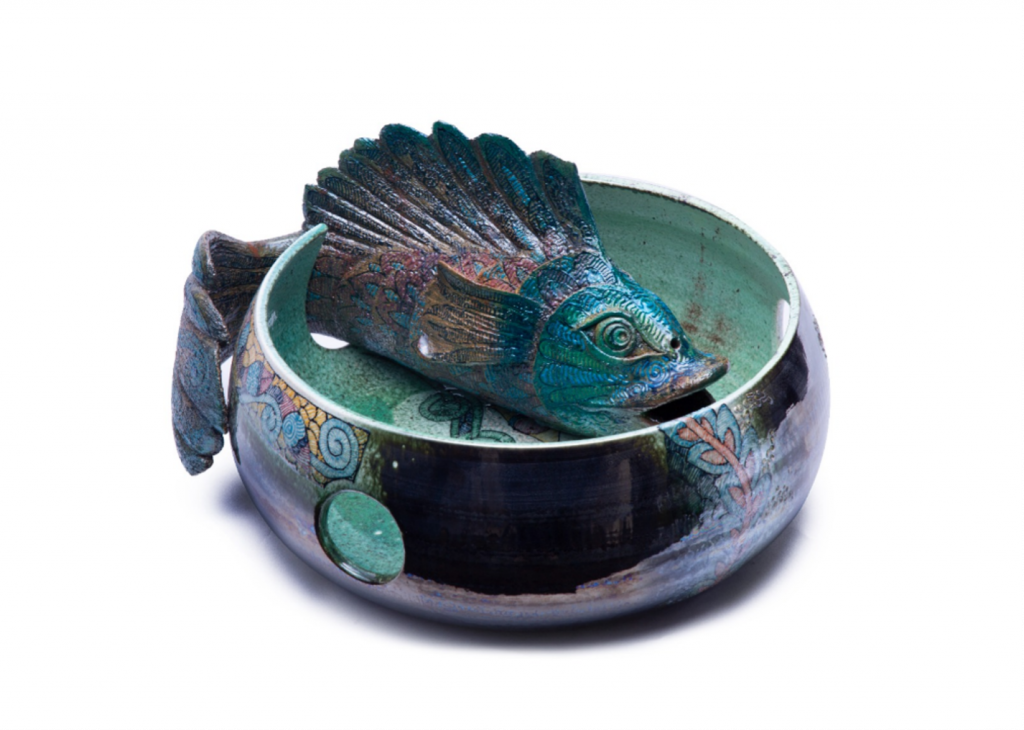
He says on this subject: “Tradition is actually a word that educates us. He gives tips, he says, you will add to what comes. I take the past as a reference and carry it to the present time in my own language. That’s actually my whole secret. Thousands of years of stories or ceramics, for example, how many centuries culture is it, I carry the same tradition to today’s modernity with my own stories, with my own forms.” Isn’t it a precious and beautiful job to take the richness of culture, blend it with today’s data and reflect it in the global arena? (2)
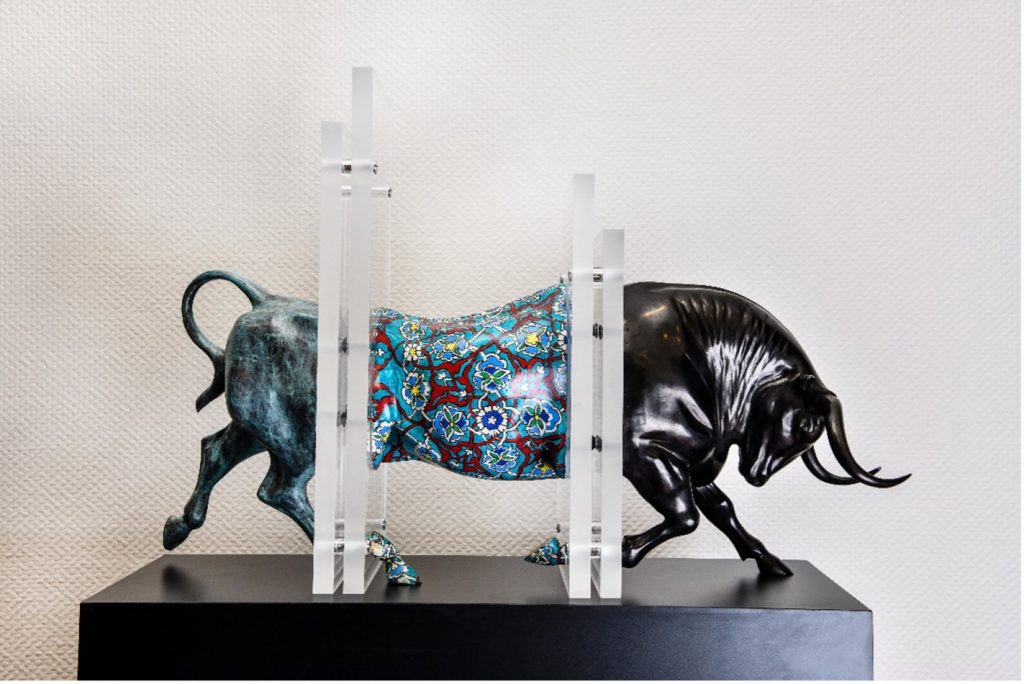
His work “Olumsuzluk Odasi (The Room of Immortality)”, which he exhibited at Contemporary Istanbul in 2018, was also well spoken of. As you can imagine, it also has a historical background, beginning from the first Babylonian poem, namely the Epic of Gilgamesh tablets. Gunestekin says that Immortality and Flood Tablets affected him a lot: “According to their belief, when the flood broke out, the ship was hit and while all the animals were frightened and fled, the black snake with its body saved Noah’s Ark from sinking. The snake figure seen in many cultures is the symbol of modern medicine today.”
Gunestekin started to think about the artifact when the first finds were found at Gobekli Tepe and developed his thoughts over time. In 2018, he started working by transforming a shipyard into a large workshop and the work met its audience at Contemporary Istanbul the same year. This magnificent installation is realized with the sponsorship of Tersane Istanbul. “Otherwise, it would continue to live in a corner of my mind as a thought” says Güneştekin. He narrated as follows; “The cost was close to 1million dollars. I thought that a capital group should definitely support this. I knocked on Fettah Tamince’s door and told him about the project. His first reaction was, ‘When do we start?’ It was awesome. Such a courageous act… In the current chaotic state of the country, a businessman who has had many troubles said on behalf of art, ‘Let’s do something like this, I’m very excited too’. I think it’s very important. It stirred up a lot of excitement in the world. At the same time, the artist shared artwork on social media while still under construction. We used this very well. It received serious comments and likes from all over the world. We did the right thing. Because when you do something right, it can be seen in today’s communication world, wherever you are in the world.”
The installation consists of skulls and horns made entirely of metal. All parts are completely handcrafted, 130 people have worked on this work. In 13 months, 22 thousand pieces of horns and skulls were cast in 6 casting workshops and 35 tons of aluminum were used. It’s a heavy piece of work. It has a degradable structure, but even disassembly takes 2 days. Gunestekin started working on his installation in Tersane Istanbul on the Golden Horn. Before it was exhibited in Contemporary Istanbul, it was seen for a while at the place where the workshop was held and after the fair, it was exhibited at the Heydar Aliyev Cultural Center in Baku for about 2 years. Gunestekin is doing really good work for Turkey in the global arena.
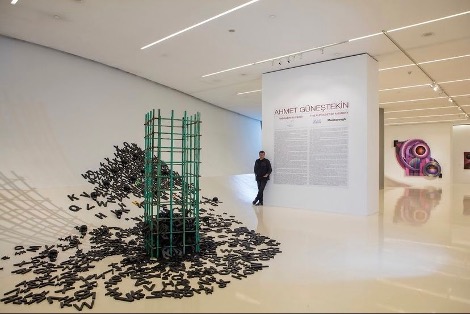
We see skulls and horns quite often in his works. He explains that he symbolizes immortality with horns for animals and a skull for humans. What irony! He says that he questions death and fear through them. He also said that for ceramic skulls, ceramic is something that comes out of the earth and that by combining it with the symbol of death, it processes both birth and death together. I find it very impressive that he gives birth and death like this, which is a common point between all of us.
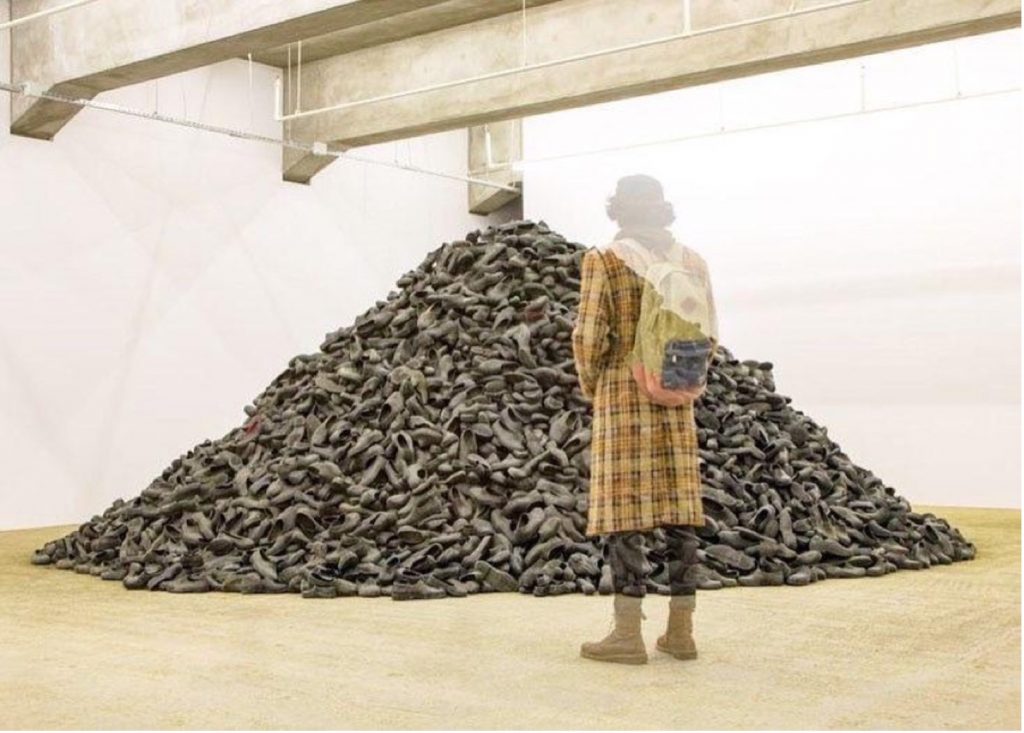
The “Hafiza Odası (Memory Room)” exhibition that I saw at Pilevneli Gallery in 2020 also contained quite different and unforgettable works. Gunestekin said, “I have always been fascinated by the physical traces our lives leave on objects. Things accompany our emotional world and trigger our thoughts” he said (3). One of his works that impressed me the most was the “Hafiza Tepesi (Memory Hill)” installation in this exhibition. “Objects have multiple life forms, they are fluid. They use their power for different reasons. Some objects are evocative; they evoke strong memories and can represent an important part of our identity. The reasons that bring this and other works in the exhibition closer and relate to each other are these dimensions of the goods and space, apart from being just an object and a place.” Hafiza Tepesi, this installation consisting of thousands of black rubber shoes stacked on top of each other, comes before you with the power and striking quality of the object without even the need for writing. This reminds me of the “93 War” stories I heard from my grandmother, how they have to walk hundreds of kilometers with bare foot in mud, not even having a black rubber shoe with my aunt as a baby.
Gunestekin has opened many exhibitions abroad; He held solo exhibitions by international galleries in many world cities, especially in New York, Berlin, Venice, Miami, Hong Kong, Barcelona, Madrid, Budapest, Athens, Thessaloniki, Geneva, Vienna, Baku, Pech, Brandenburg, Weilburg, Dresden and Amsterdam. . The main international museums where his works are exhibited include Vasarely Museum, Janus Pannonius Museum, Zsolnay Museum, Bank Austria Kunstforum Wien, Rosenhang Museum, Kunsthalle Dresden and Kunsthalle Brennabor. It is very valuable that local values are exhibited all over the world and that our unique culture meets many people. I congratulate him with all my heart.
Gunestekin also produced very valuable works for Yildiz Holding. For our Godiva, McVities, and Ulker brands; these are works that consist of dozens of memories in each and that give the spirit of the brand very well on the whole. One even stands at the Headquarter of Godiva in New York. If you would like to see the Godiva “Love”, please visit our Godiva Zorlu AVM Store.
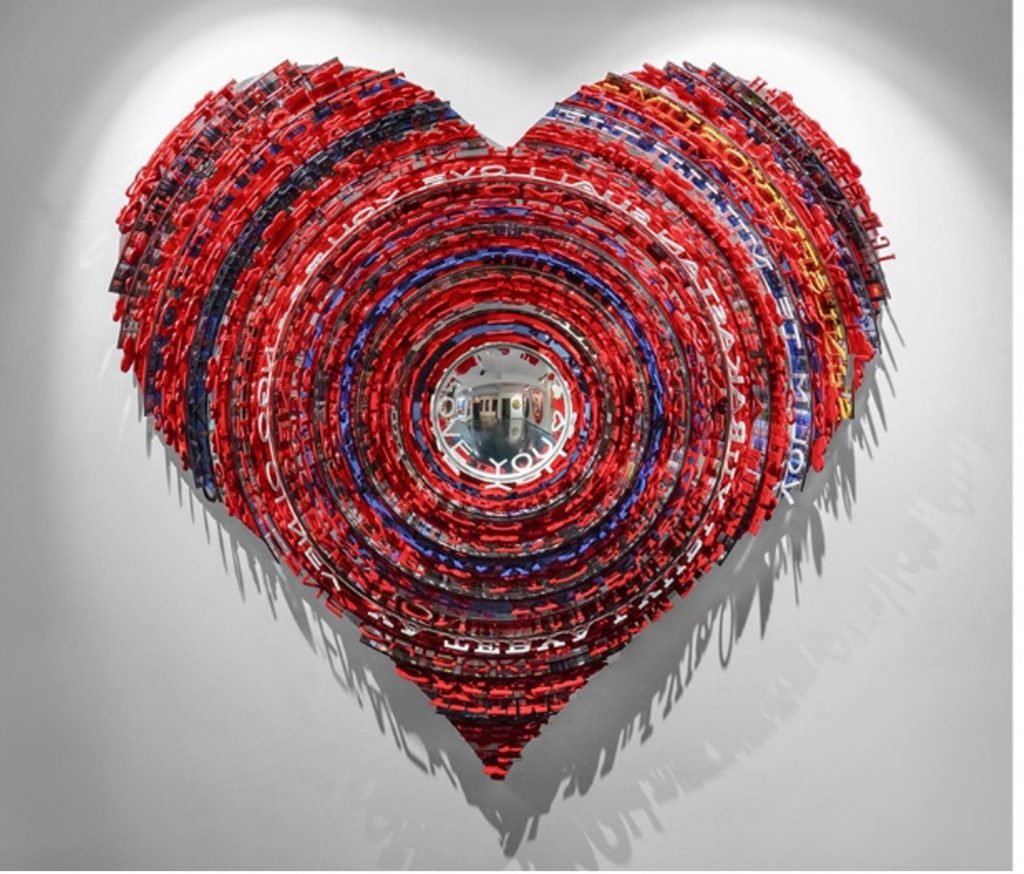
There are hundreds of works to be mentioned, but I would like to talk about one more beautiful work he did this summer. I know very well that he has been working non-stop during the pandemic, and Gunestekin brought together what he had accumulated during this period in the very beautiful nature in Zai Bodrum, Turkey. Zai is a concept culture area nestled in thousands of years old olive trees. Gunestekin has chosen a very meaningful name for his exhibition in this beautiful space, “Kutsal Agaclar (Sacred Trees)”. Trees have an important place in Ahmet Gunestekin’s art; Cedar trees, Pomegranate trees, Fig trees mentioned in Noah’s Flood and the Epic of Gilgamesh have already been seen in his works for many years. When he saw the olive trees of this exhibition space Bodrum Zai, Gunestekin said that these two should come together and it was a wonderful meeting indeed. Interest in this exhibition was also very high. Those who are curious can also check my Instagram video on the subject: https://www.instagram.com/tv/CRwafXbhrGT
By the way, while talking about his versatile personality, I must also say that as a businessman, besides his artistry, I like the way he handles his works skillfully, his approach, his communication, in short, his style. I will be injustice not mentioning that he is also a good cook. His patience and hard work are also reflected in his kitchen, as he is a good host with his cooking for hours with the utmost care; accompanying dishes that have been thought about in terms of which flavors will compliment each other best and a tasteful layout in his workshop all also reflect his aesthetic taste.
The advice he gives to those who want to be artists, I think, will inspire each of us, especially the youth; First things first, “you have to work hard” says Gunestekin and adds “it is also very important to be brave and have selfconfident”. In whatever we are doing, I think the personal effort we show is the most important aspect on the way to success and your dedication to your work and your love are your biggest assistants on this path. My dear friend Gunestekin has adopted all these as a slogan and has set a fine example with his actions. I sincerely thank him once again for all his contributions to Turkey.
Note: This article is open source and can be cited by mentioning the author. Does not require copyright.
Bibliography
1) http://gulersanat.com/Icerikler/uploads/2017/01/Ahmet-Gunestekin-Roportaj.pdf

